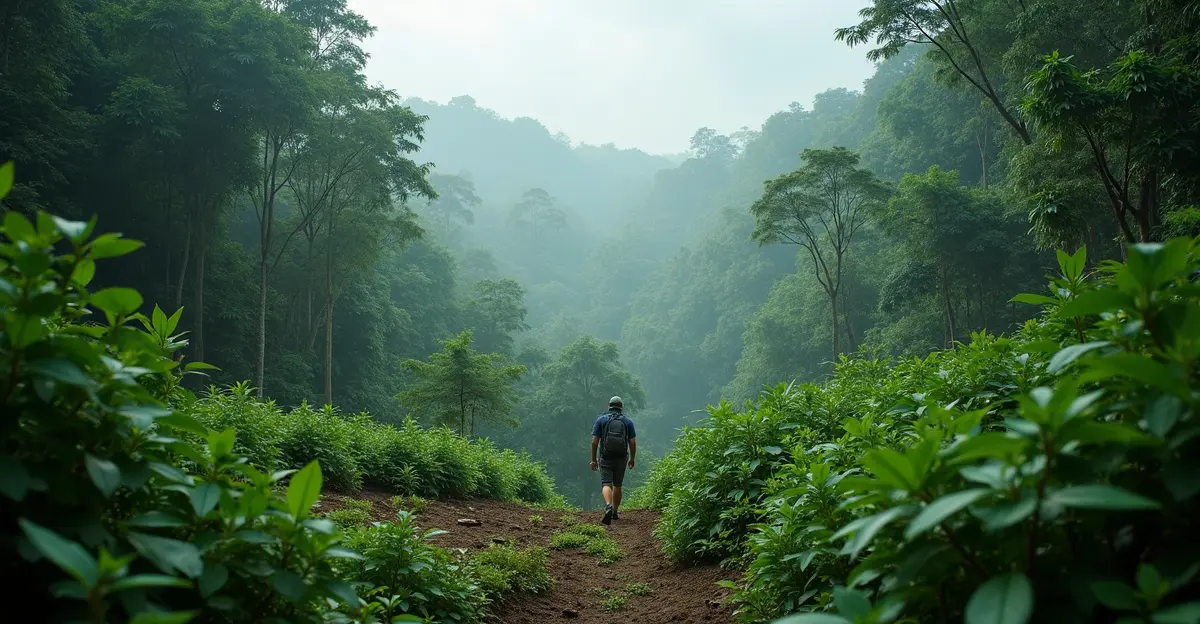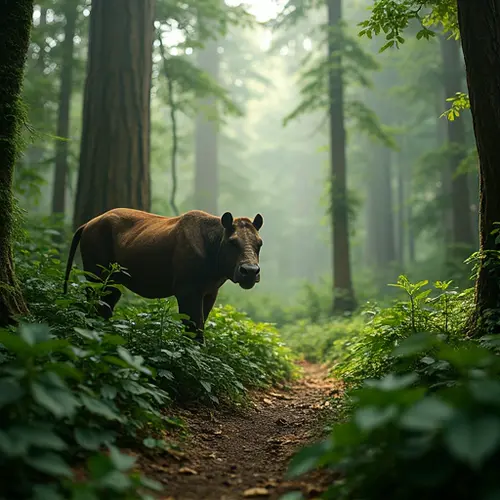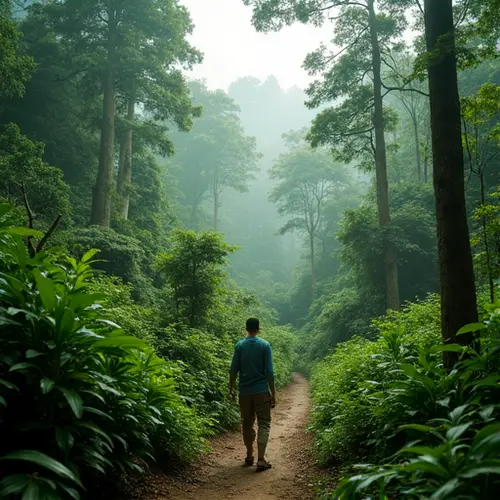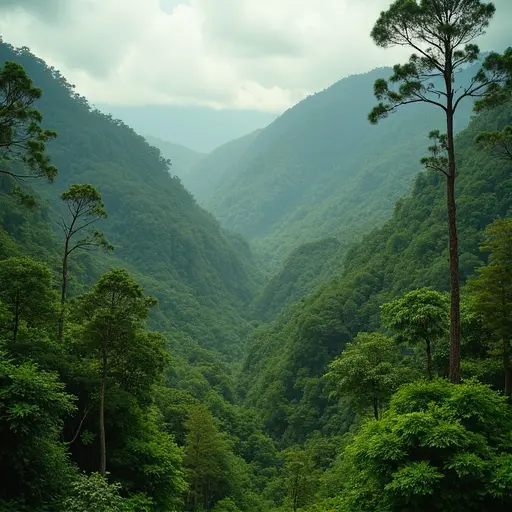Deforestation is accelerating biodiversity loss, threatening species with extinction and disrupting ecosystems. Global efforts and sustainable practices are crucial to mitigate this crisis.

The Alarming Rate of Biodiversity Loss
Biodiversity loss has escalated into a global crisis, with deforestation emerging as a primary driver of species decline. According to recent studies, habitat destruction accounts for over 80% of threatened species extinctions. 'We are witnessing an unprecedented erosion of life on Earth,' says Dr. Jane Goodall, a renowned primatologist. This article delves into the causes, impacts, and urgent solutions needed to curb this trend.
Causes of Deforestation-Linked Biodiversity Loss
Deforestation, largely fueled by agricultural expansion, logging, and urbanization, strips away critical habitats. In tropical regions like the Amazon, rates have surged by 15% in 2025 alone, as reported by Global Forest Watch. Climate change exacerbates this, altering ecosystems and making species more vulnerable. 'Every tree cut is a home lost for countless organisms,' emphasizes Maria Silva, a forest ecologist.
Impacts on Species and Ecosystems
The consequences are dire: iconic species like jaguars and orangutans face extinction risks, while insect populations, crucial for pollination, have plummeted by 40% in deforested areas. Biodiversity loss disrupts food webs, reduces ecosystem resilience, and threatens human livelihoods. For instance, the loss of pollinators could cost global agriculture up to $577 billion annually, as per IPBES assessments.
Global Responses and Conservation Efforts
International initiatives, such as the UN's Decade on Ecosystem Restoration, aim to combat deforestation. In 2025, countries like Brazil have strengthened enforcement against illegal logging, leading to a 10% reduction in deforestation rates in protected areas. Community-led conservation projects are also gaining traction, empowering locals to preserve forests. 'Collaboration is key to turning the tide,' notes UN Environment Programme head Inger Andersen.
The Path Forward: Sustainable Solutions
To address this, experts advocate for sustainable agriculture, reforestation, and policy reforms. Technologies like satellite monitoring are improving transparency, while consumer awareness drives demand for deforestation-free products. Urgent action is needed to meet global biodiversity targets by 2030. 'We have the tools; now we need the will,' asserts conservationist David Attenborough.

 Nederlands
Nederlands
 English
English
 Deutsch
Deutsch
 Français
Français
 Español
Español
 Português
Português









